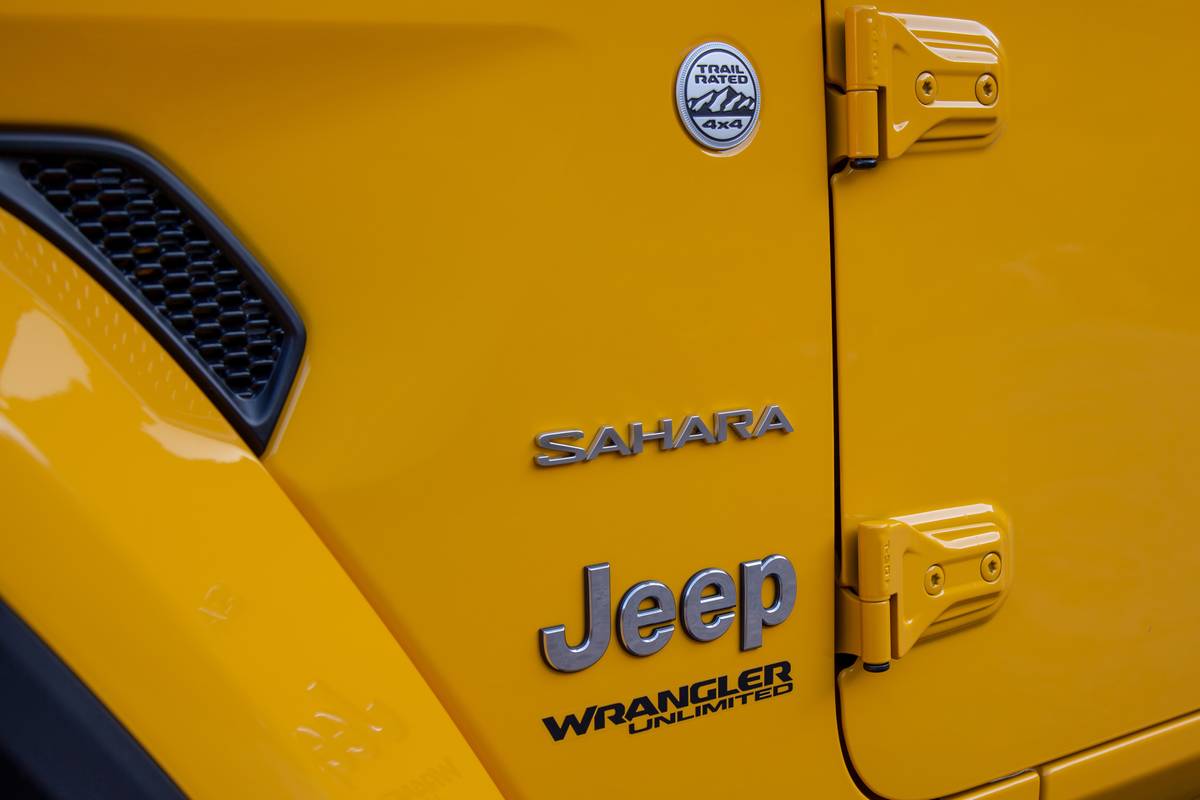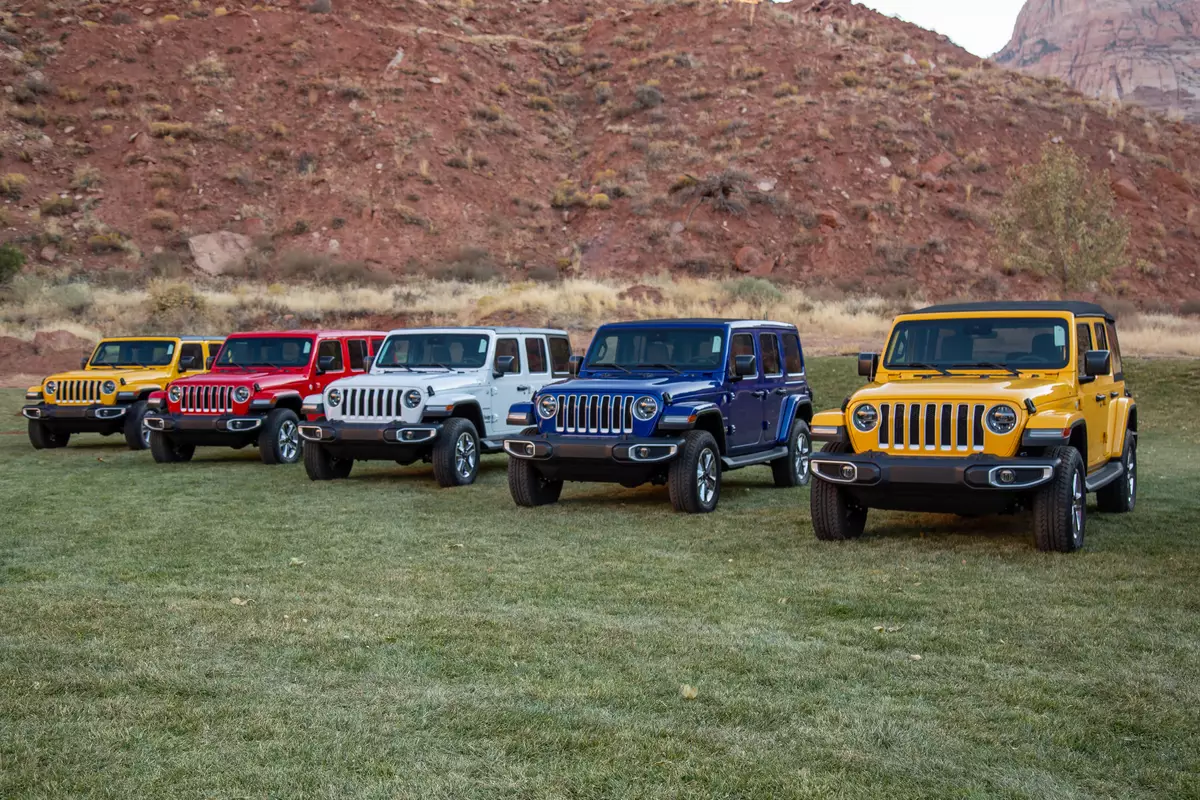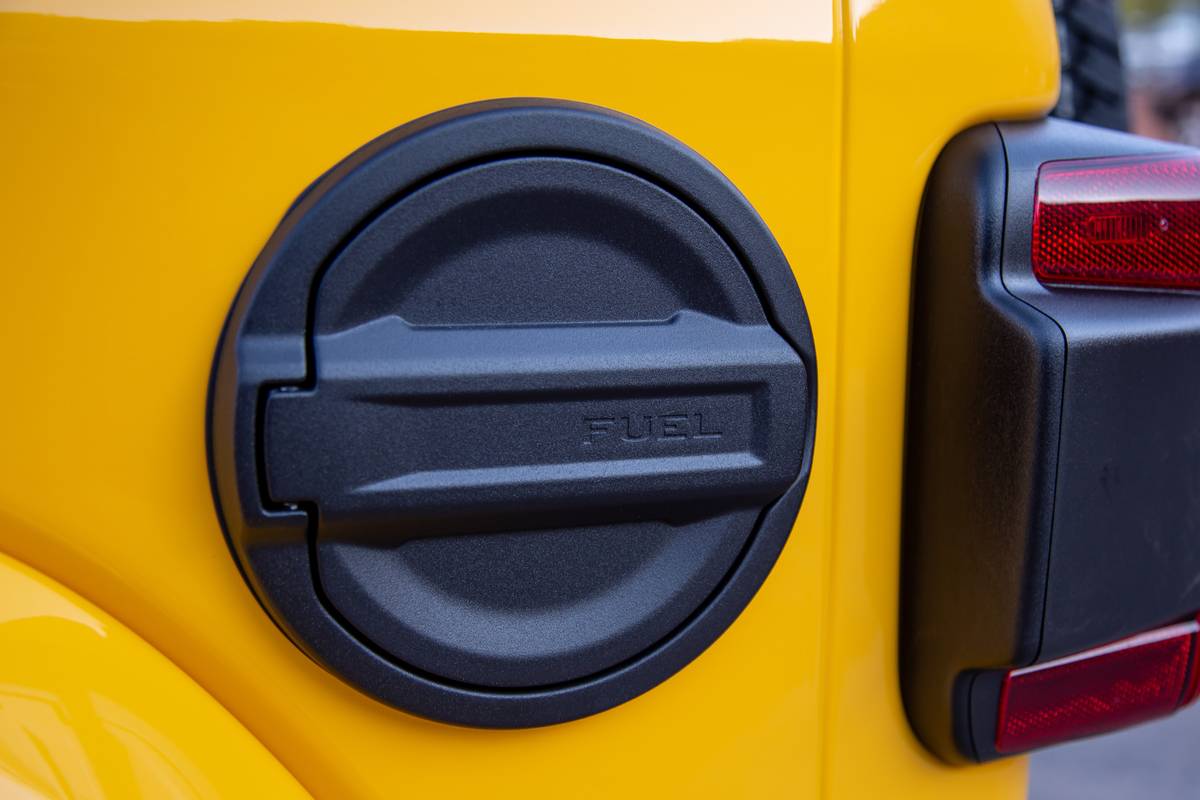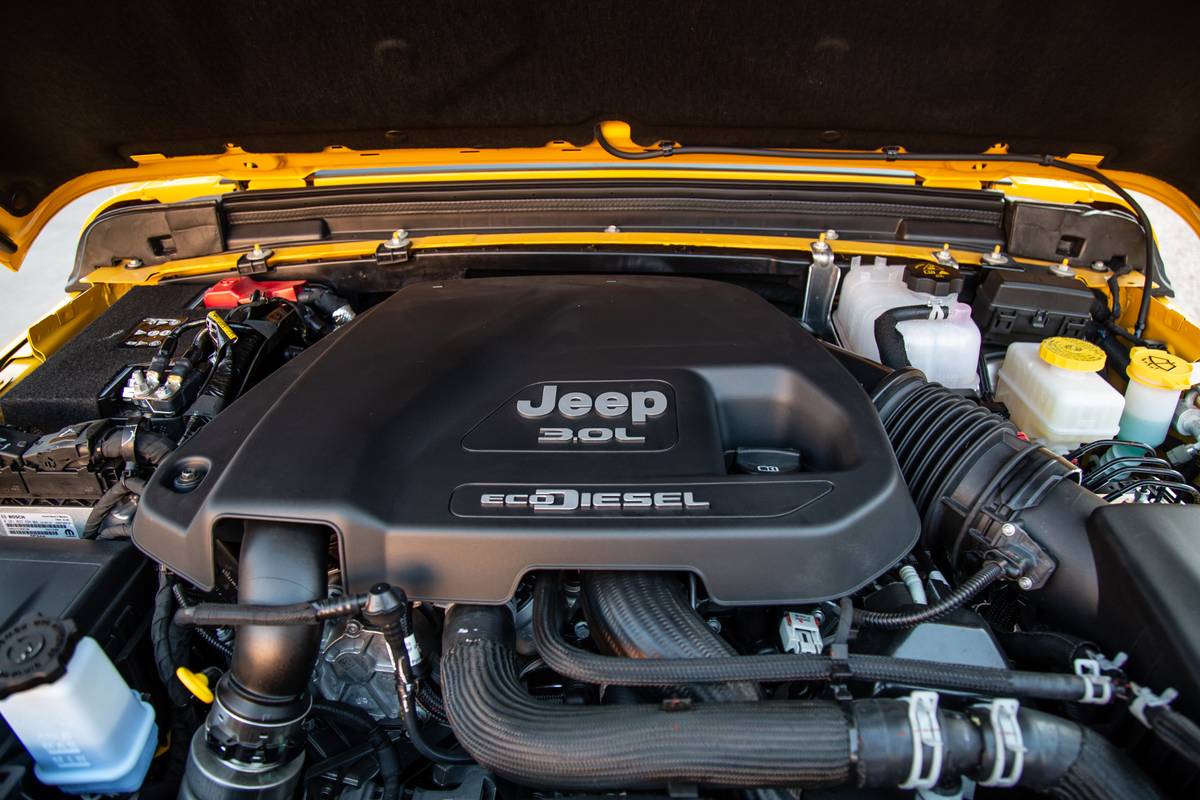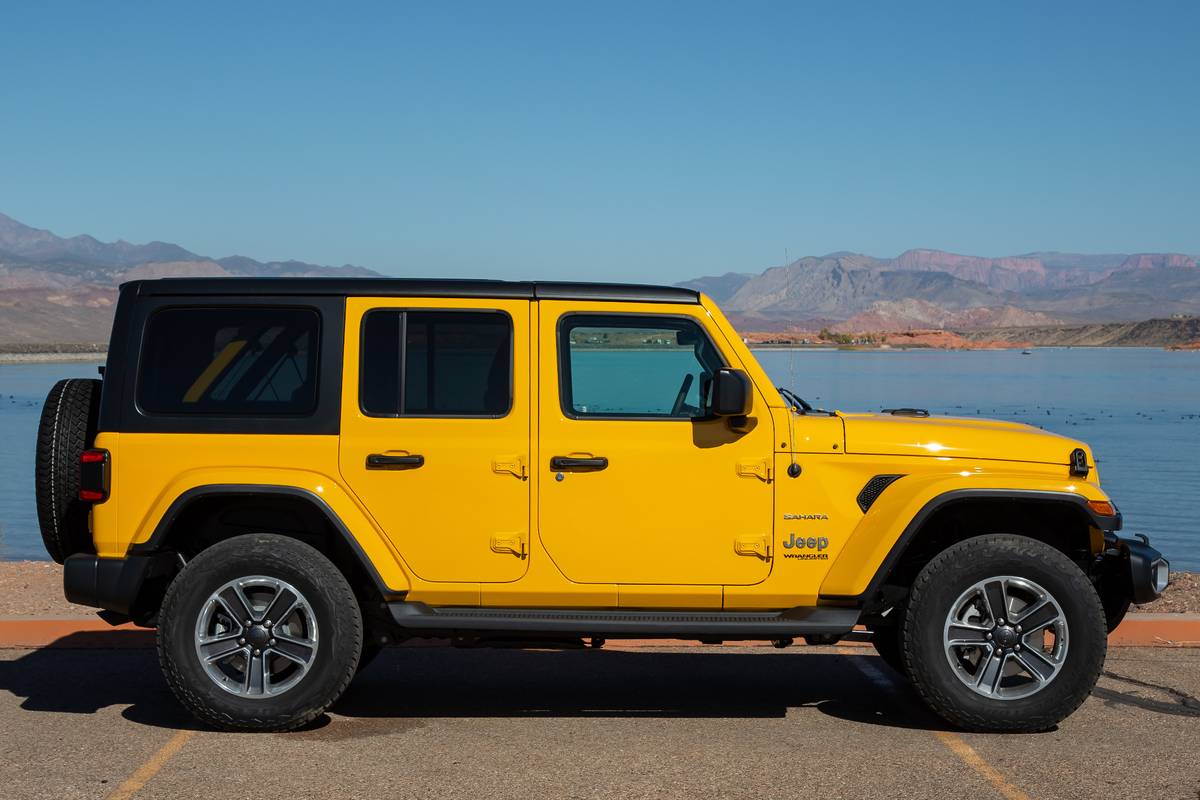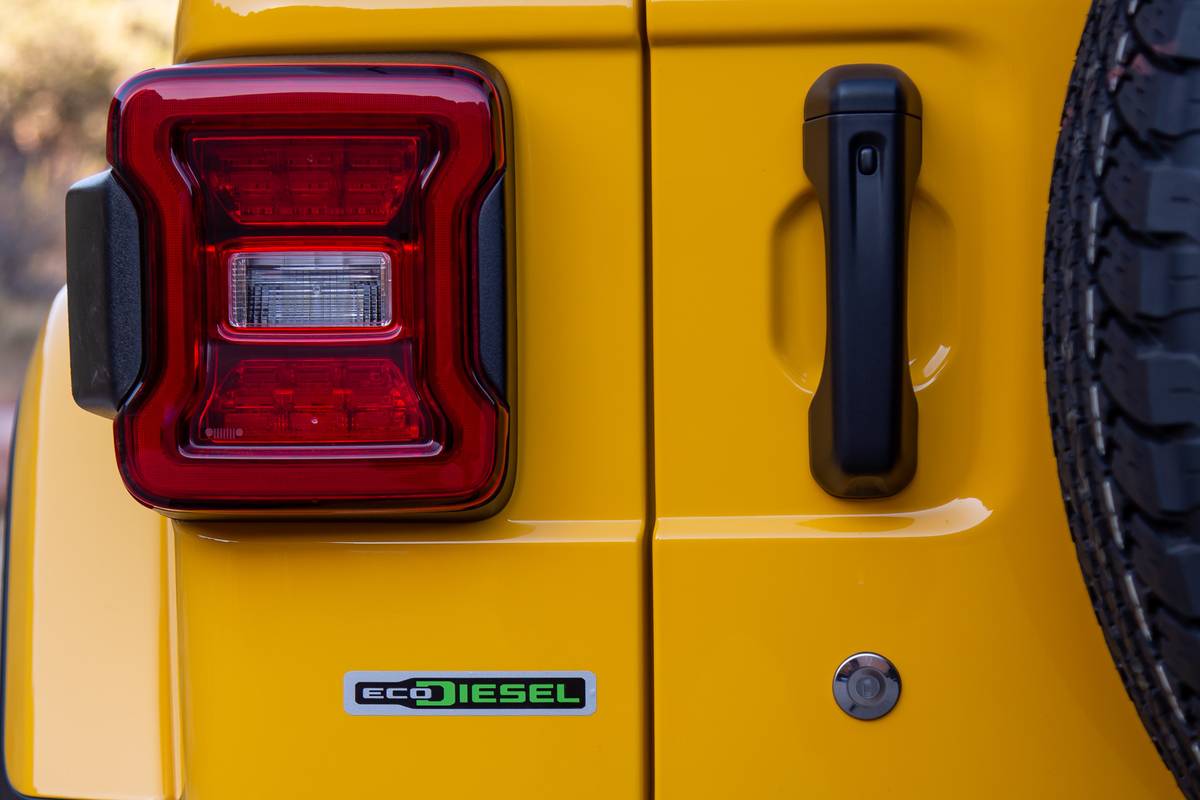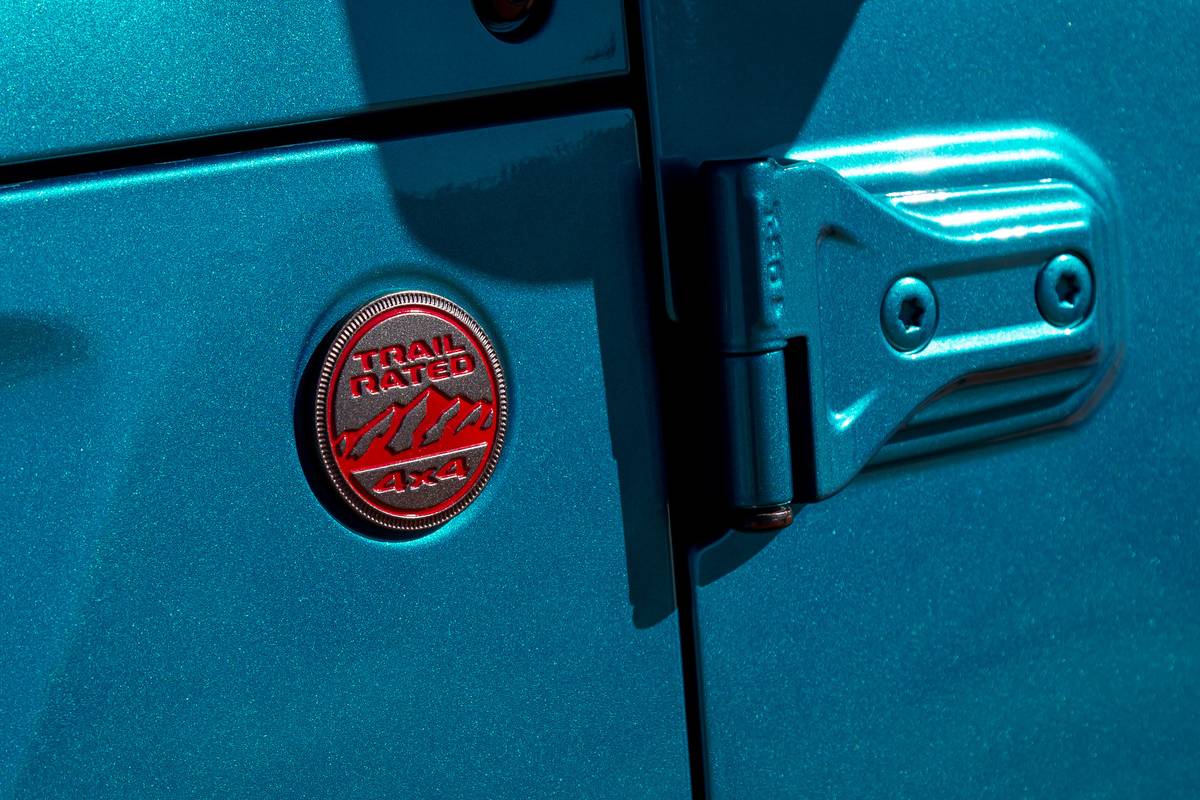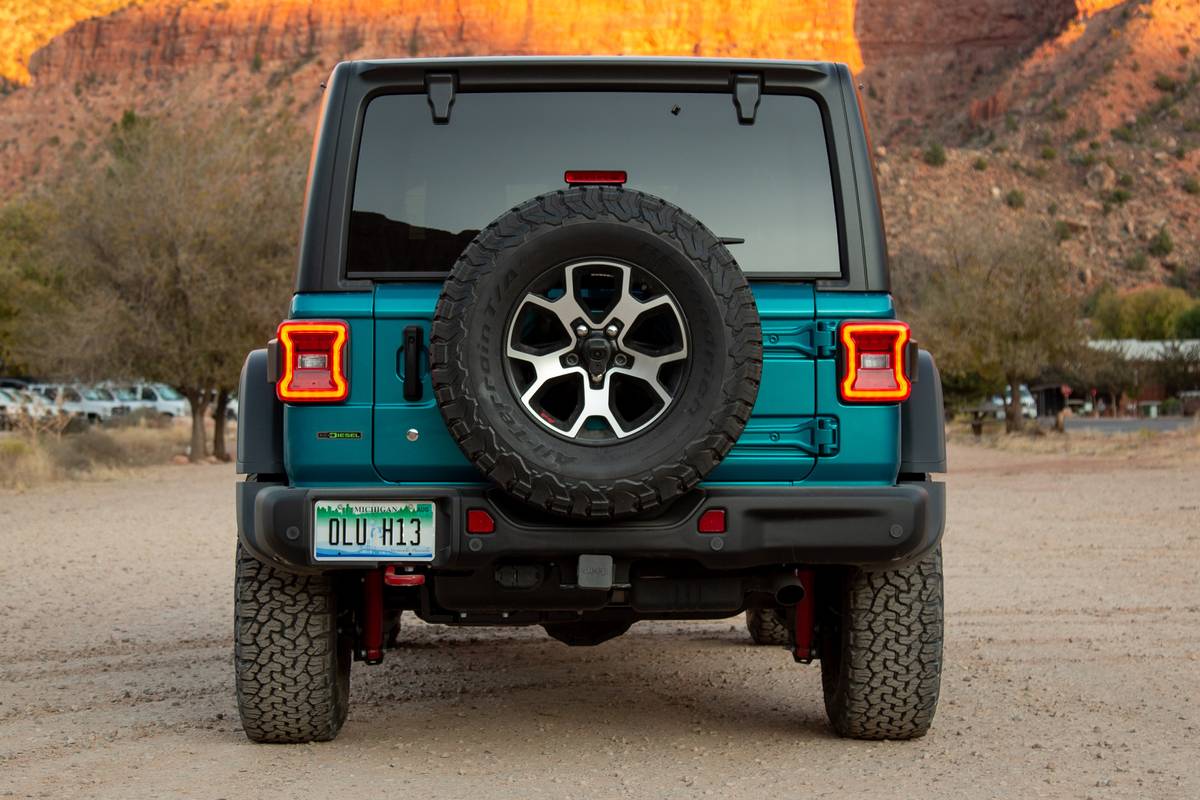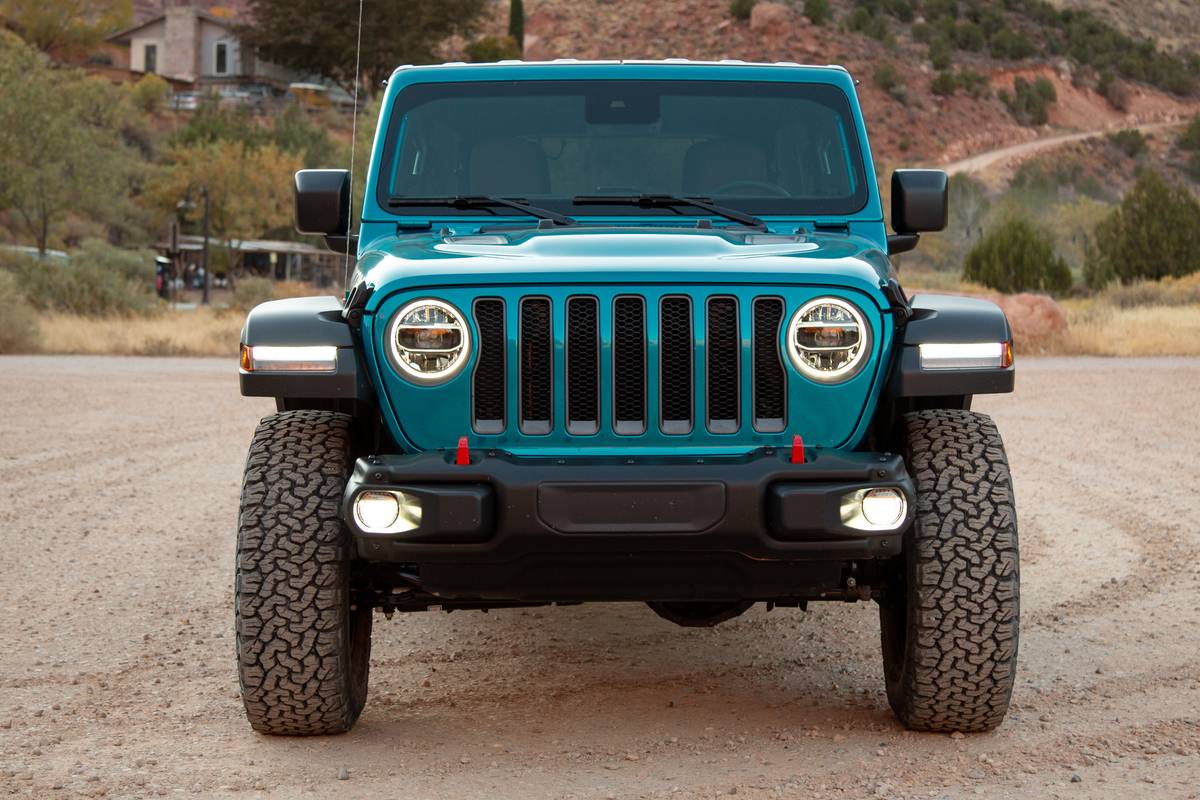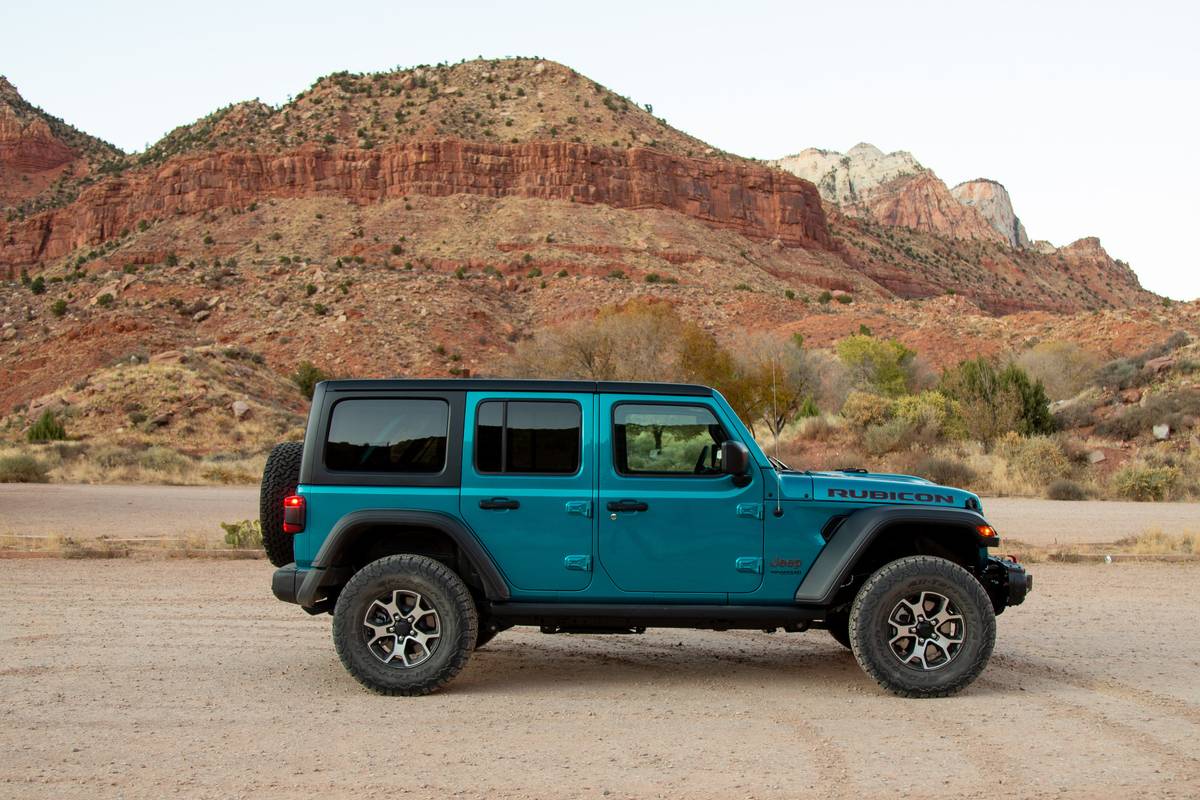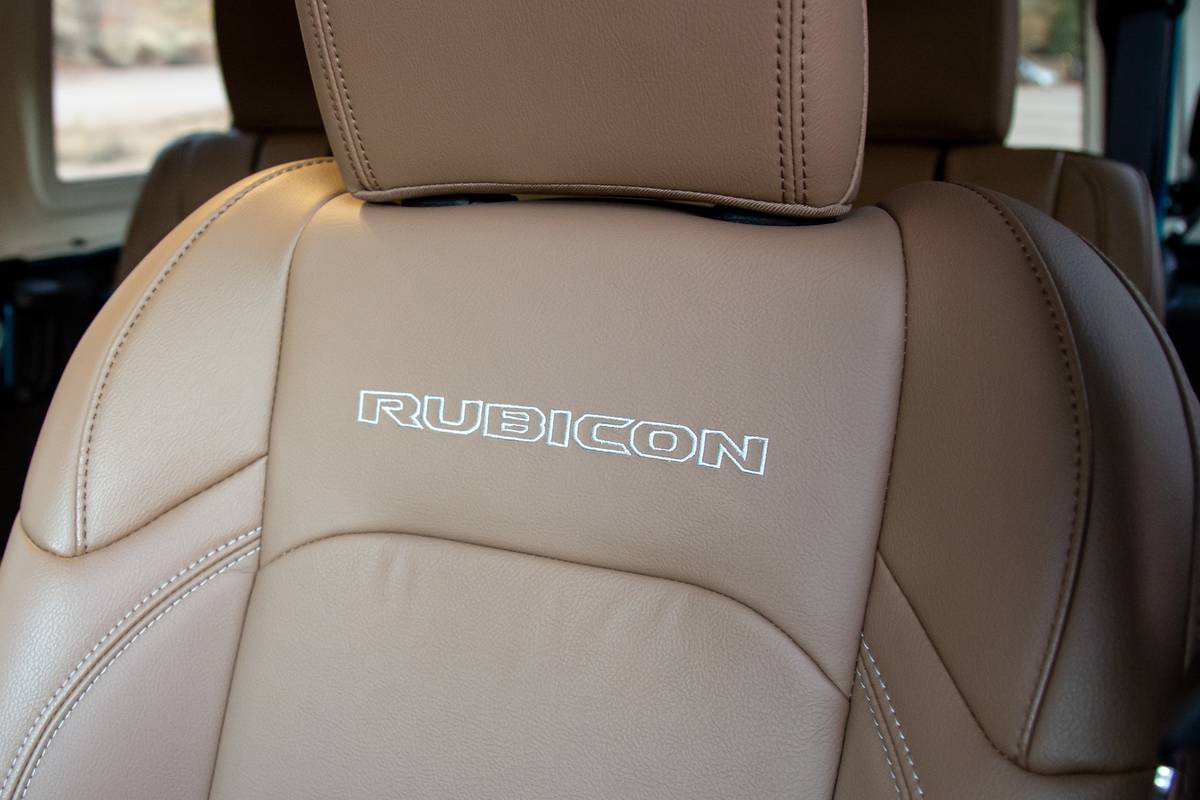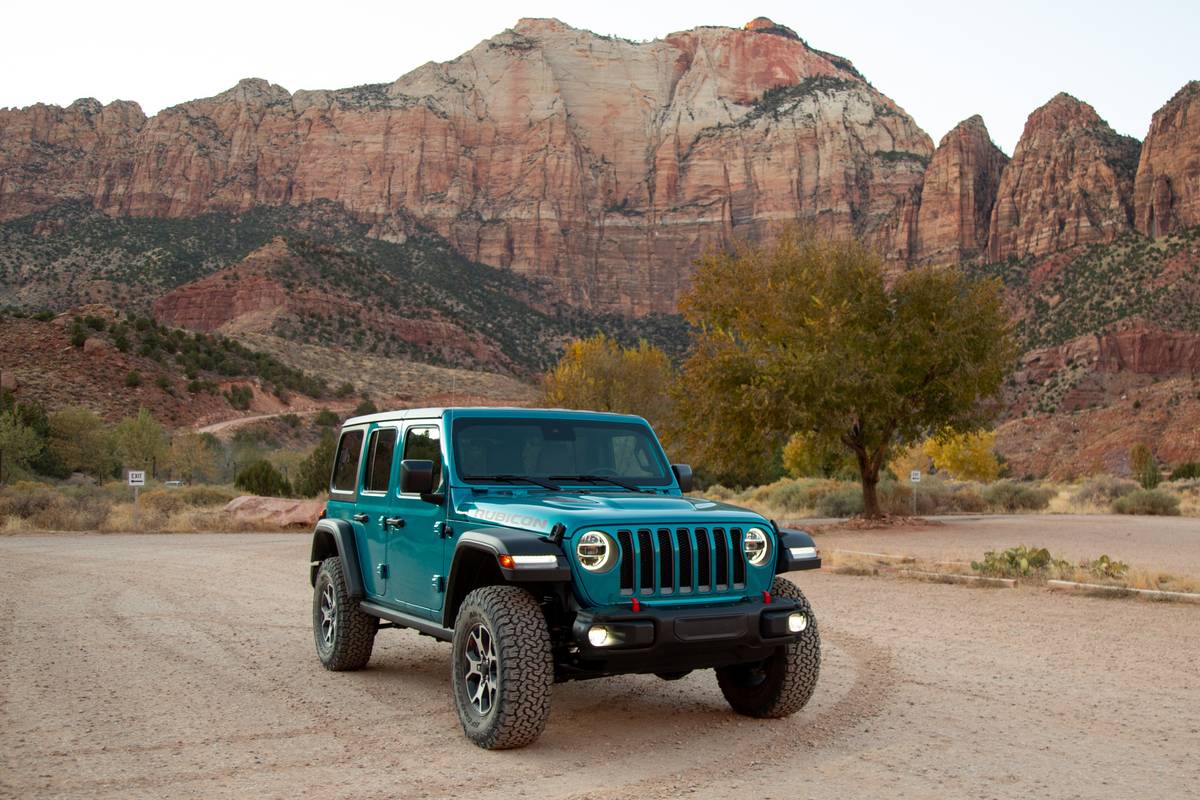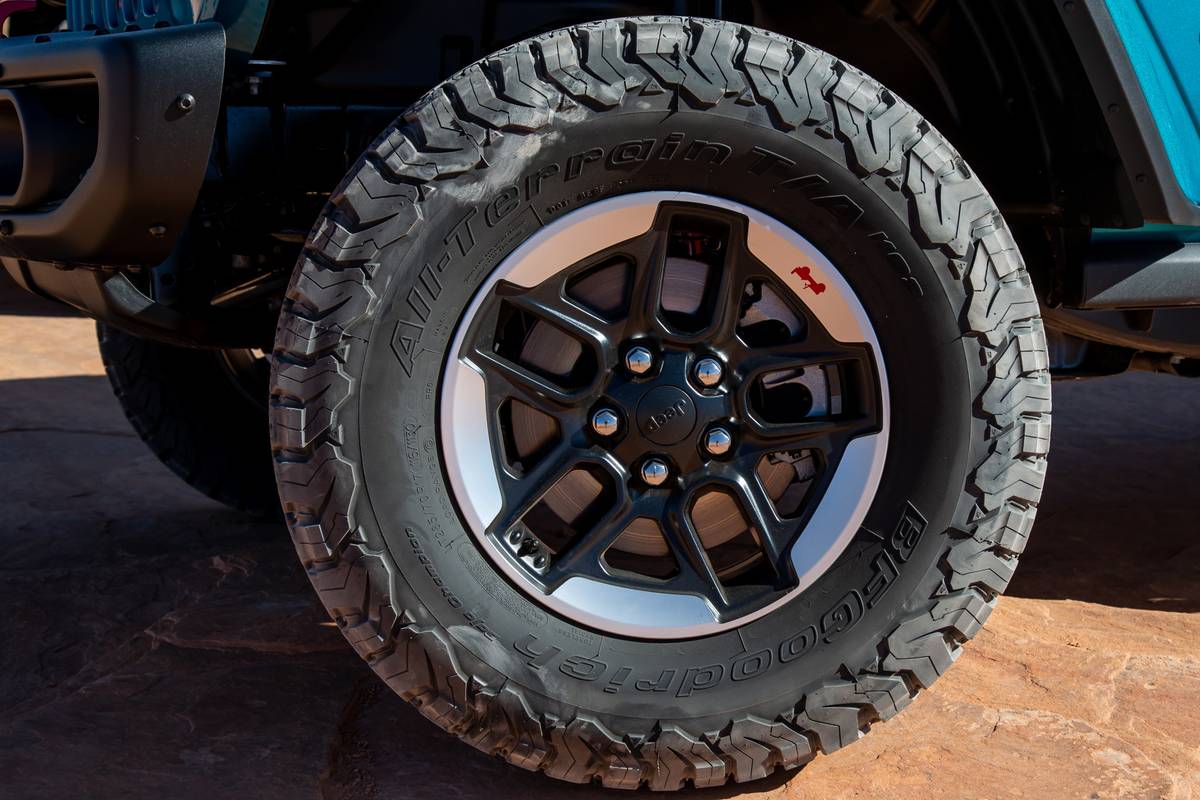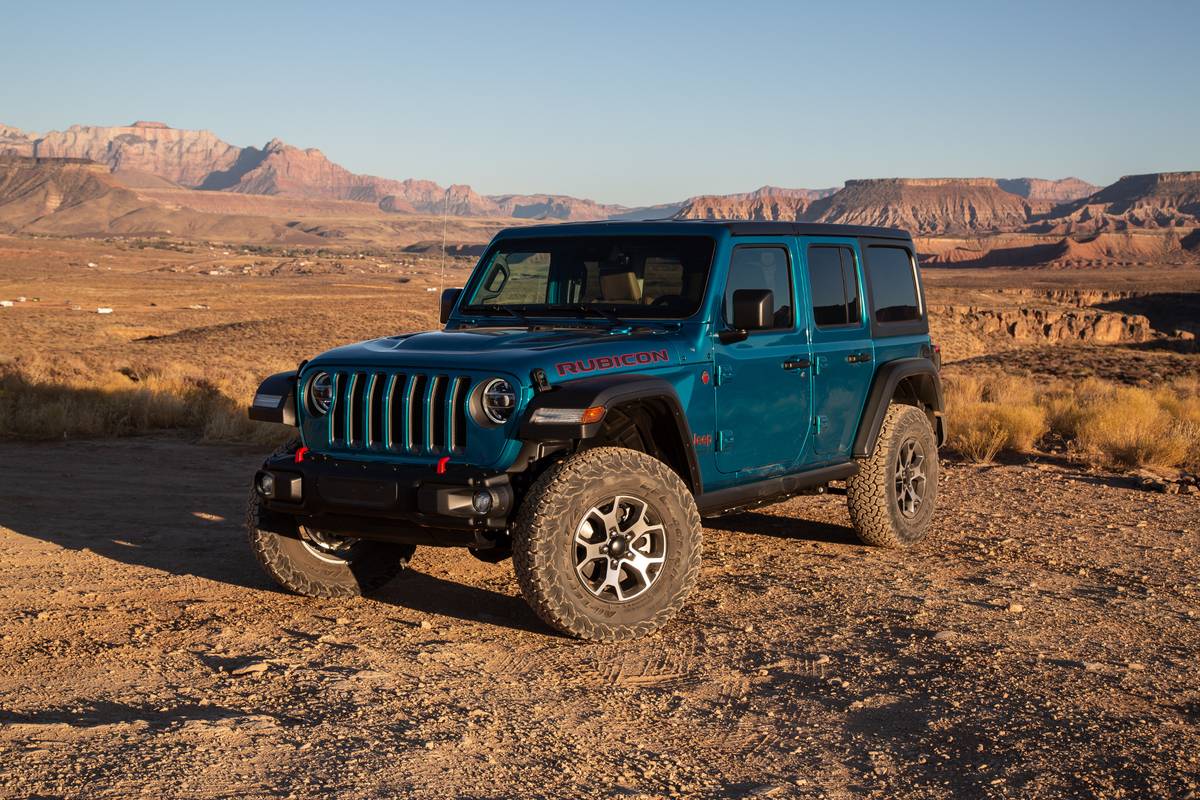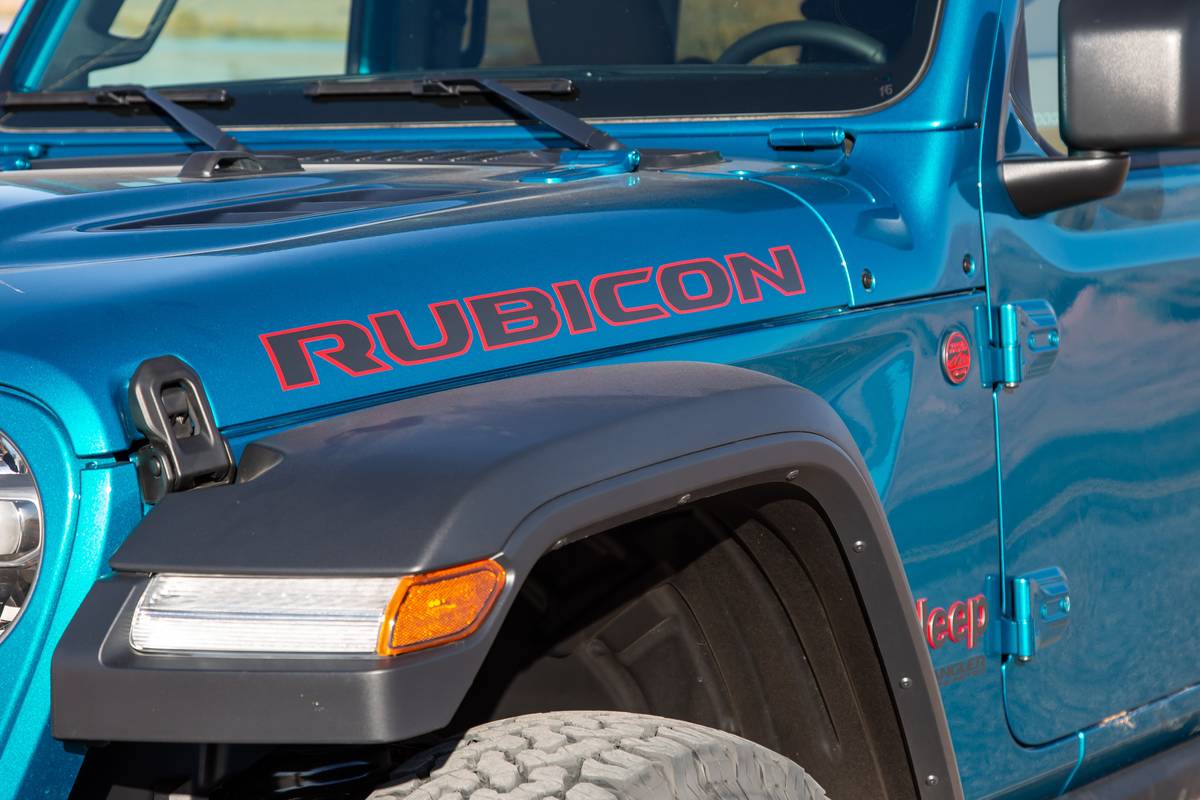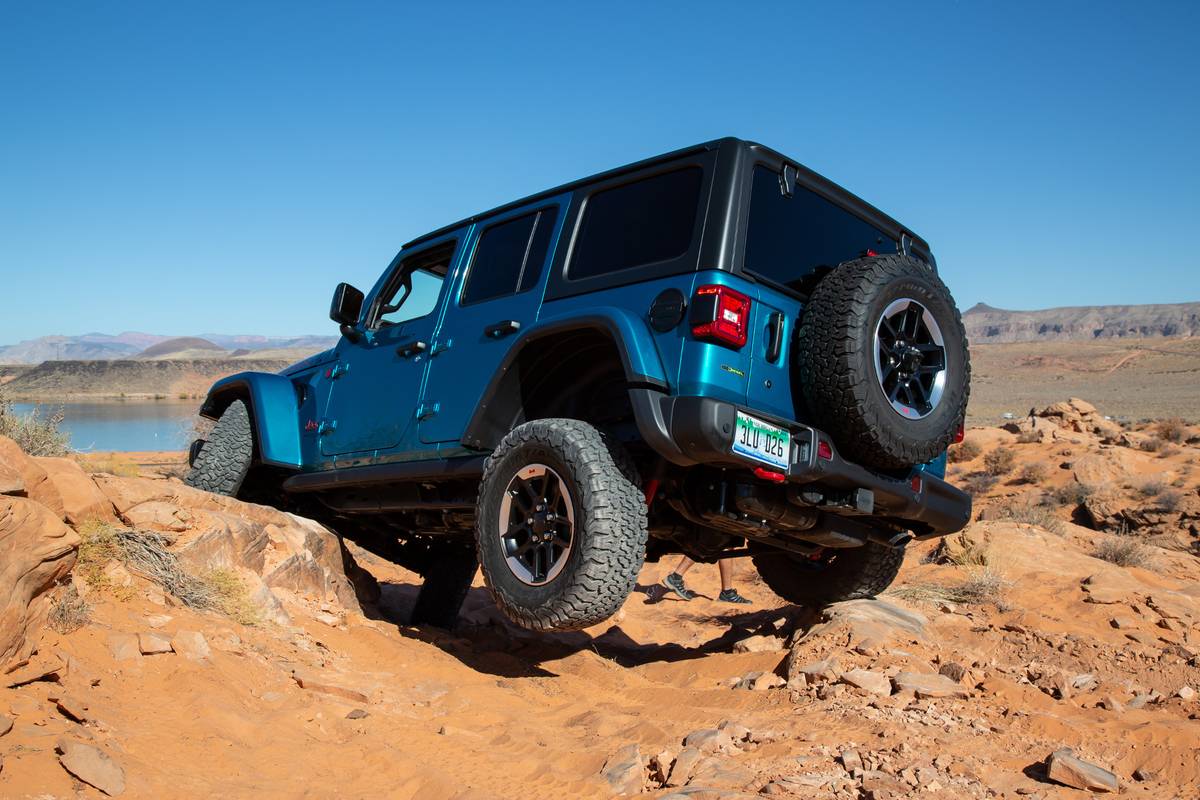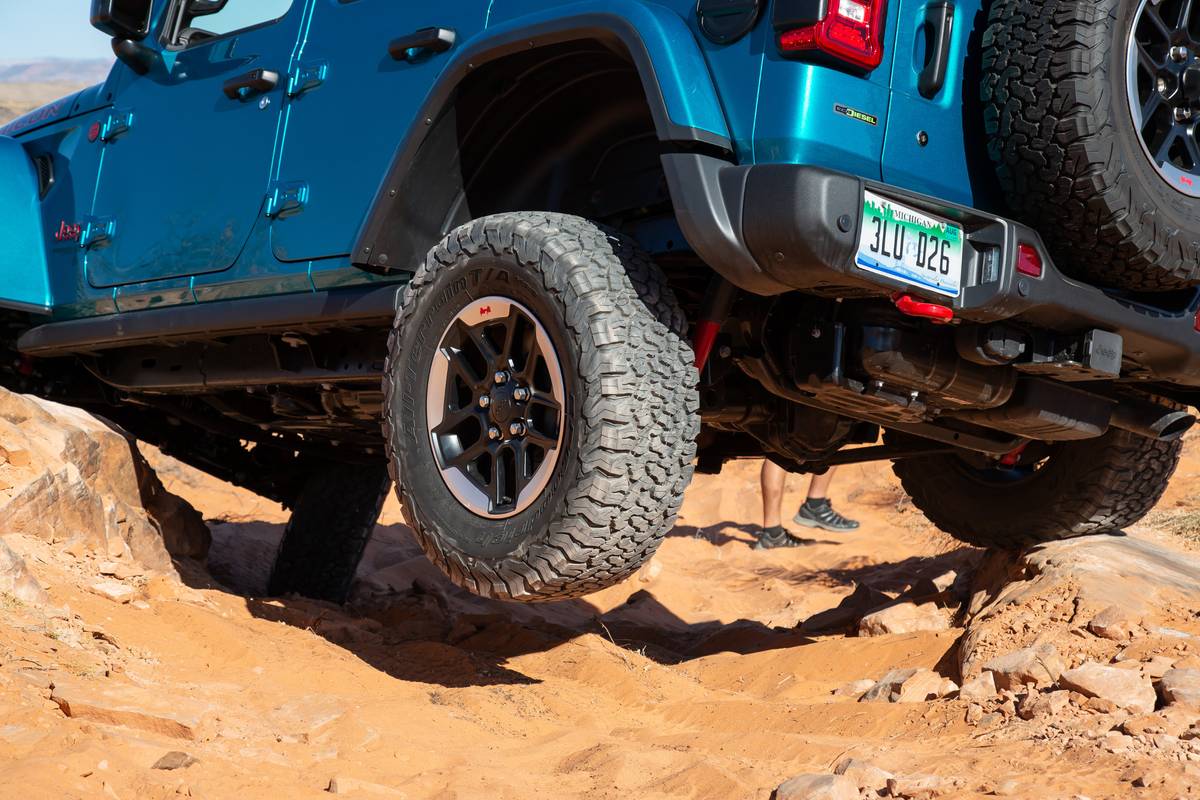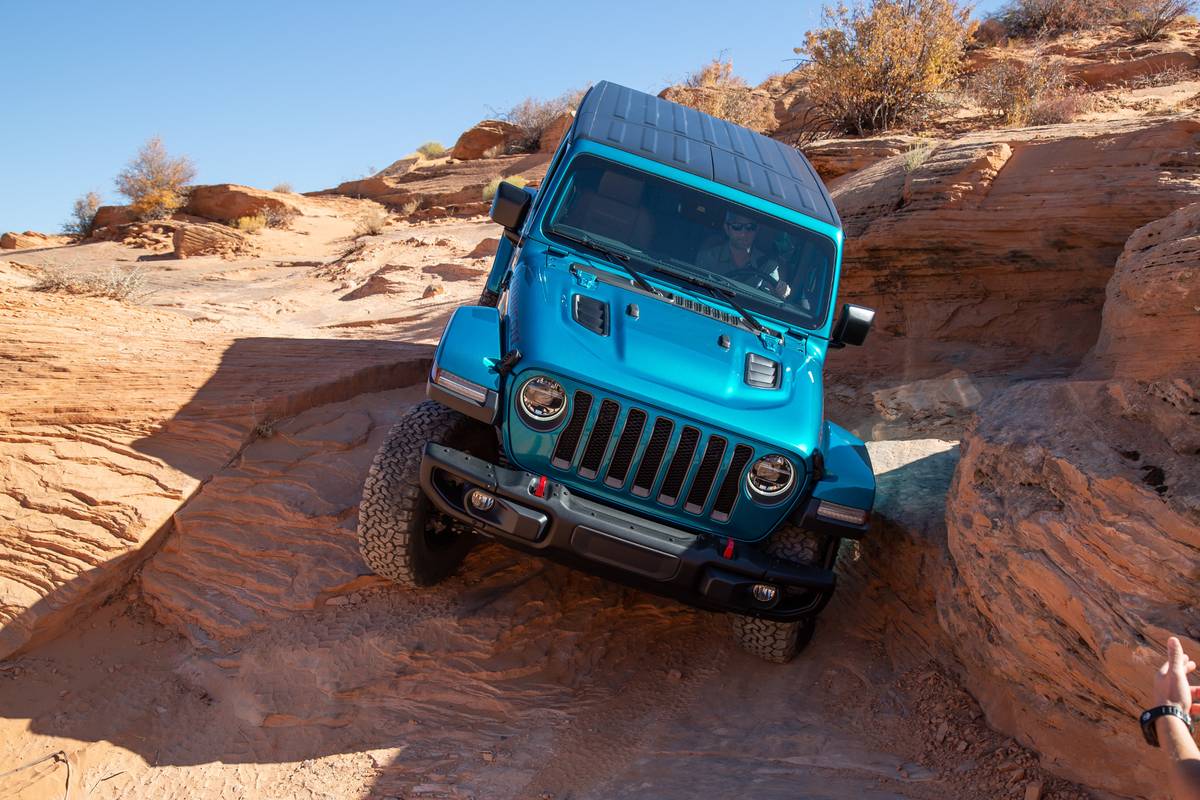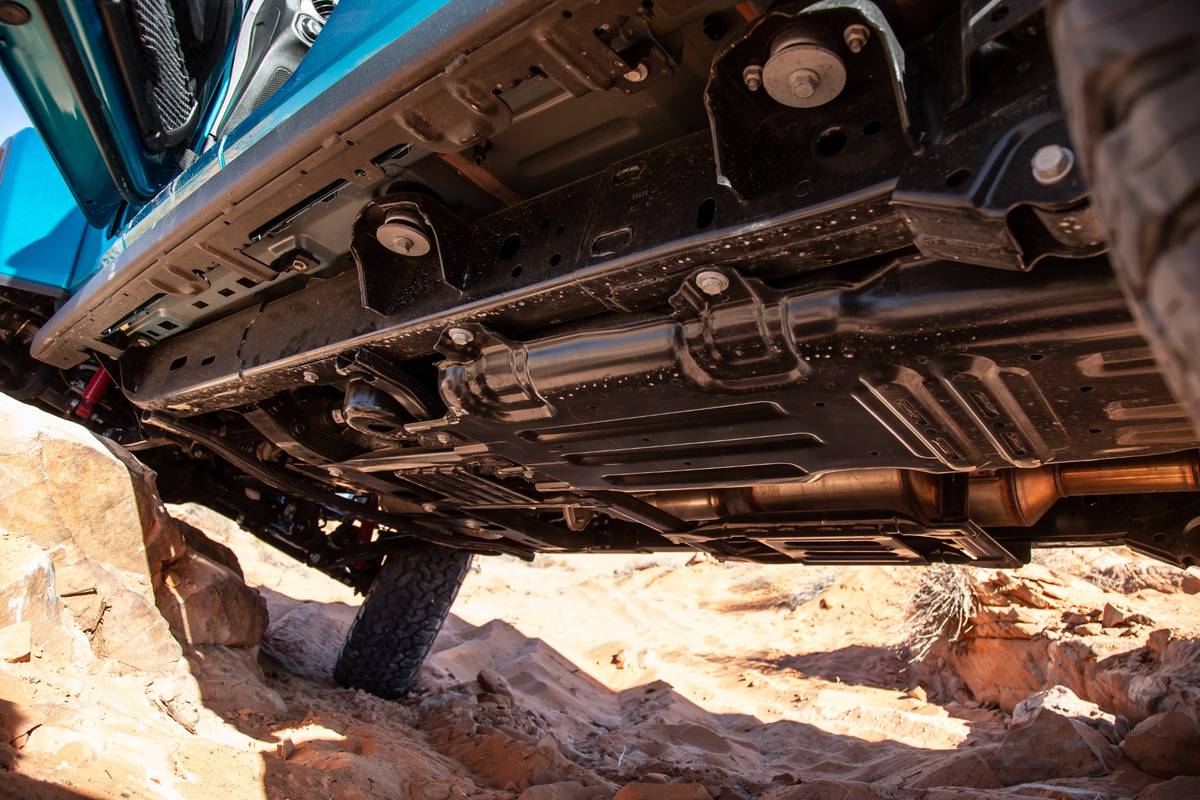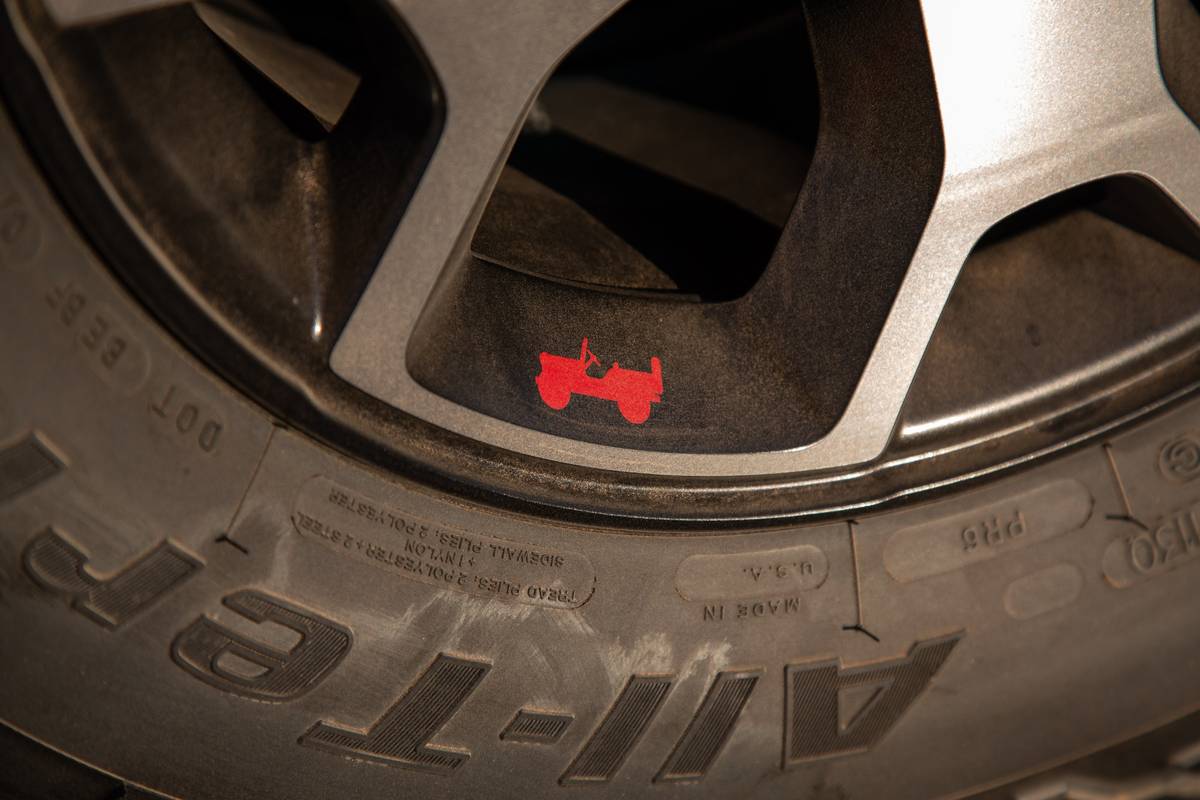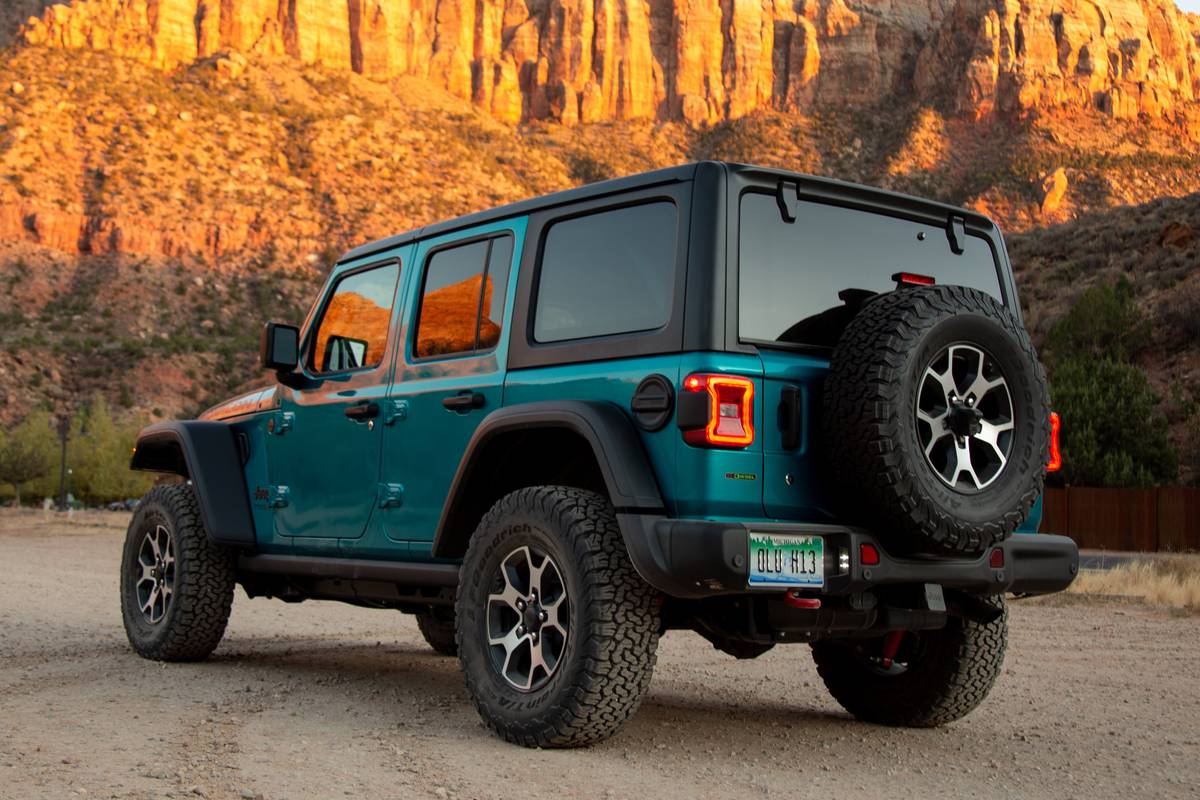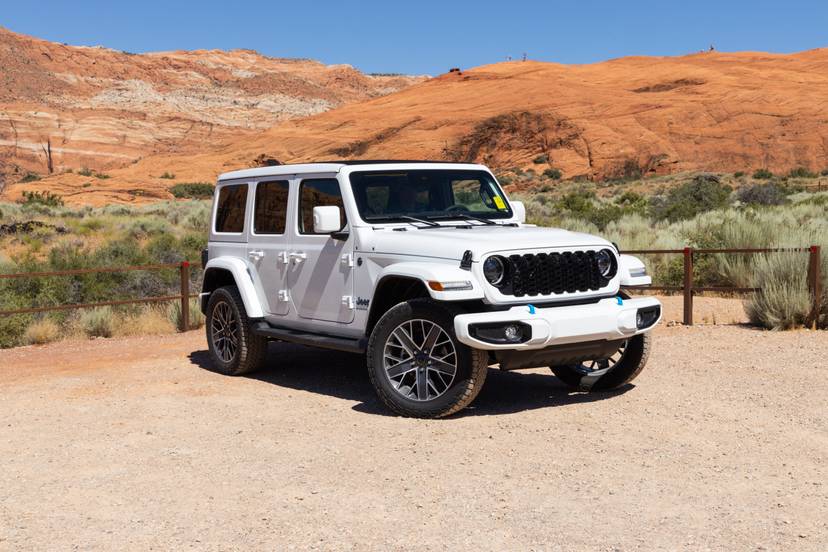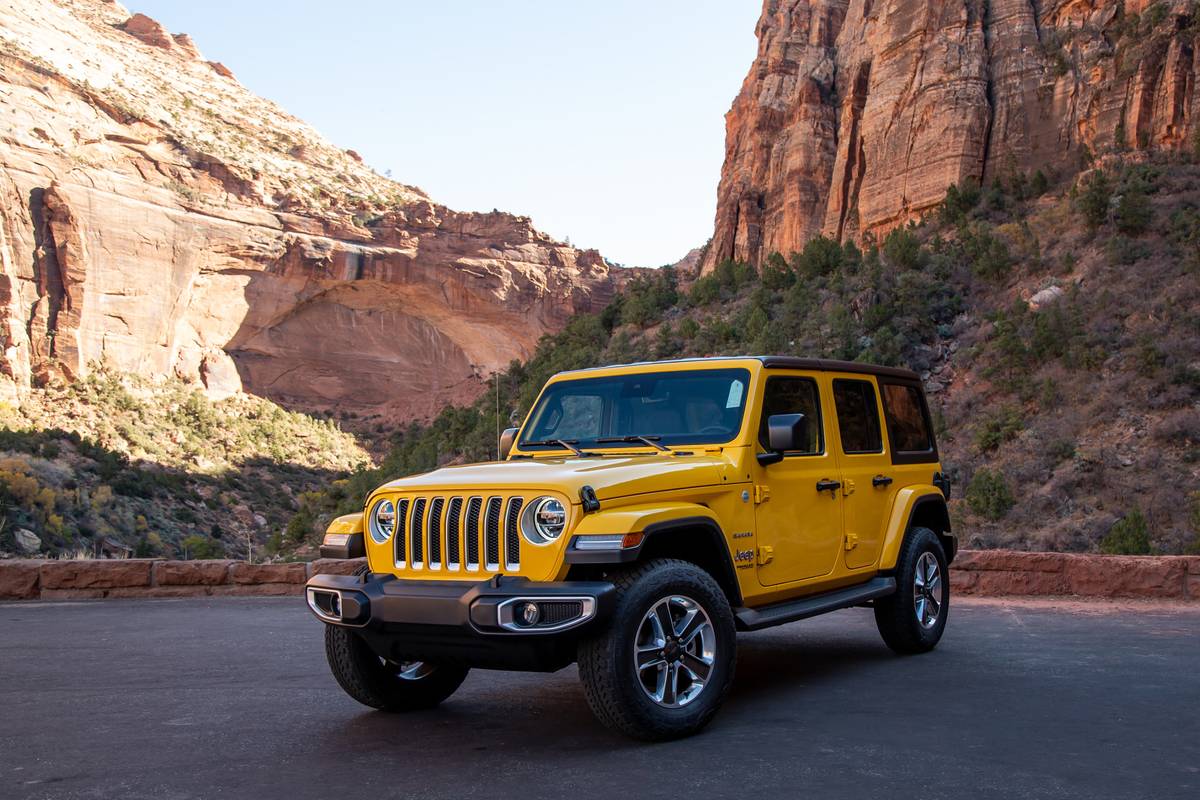
Several words describe the Jeep Wrangler: boxy, iconic, fun, capable. But a word I wouldn’t associate with Jeep’s off-road specialist is efficient. The Wrangler has always suffered in the fuel economy department in part because it’s hard to make a brick aerodynamic. That, however, is about to change for the 2020 Wrangler four-door, called the Unlimited, which adds a diesel powertrain as an option that delivers big gains in fuel economy and torque.
Related: 2020 Jeep Wrangler Adding Diesel Engine Option to Four-Door Models
The diesel joins the turbocharged four-cylinder and V-6 gasoline engines to give the Wrangler Unlimited three engine options. Jeep plans to offer the diesel only on the Unlimited for now, so those who want two doors will have to stick with the gas engines.
I took a trip to Zion National Park in Utah to test out a pair of Wrangler Unlimiteds with the new powertrain to see what it might change, fuel economy aside. I spent time in both the street-friendly Sahara and the off-road-specialist Rubicon on pavement, and the Rubicon on a robust off-road course. (Per our ethics policy, Cars.com pays for its own transportation and lodging at such automaker-sponsored events.)
Hefty Powertrain
The turbo-diesel 3.0-liter V-6 produces 260 horsepower and 442 pounds-feet of torque, which is a big helping of additional torque. That figure far bests the numbers from the gasoline engines, which make 260 pounds-feet (V-6) and 295 pounds-feet (turbo four), respectively. The diesel is also paired with a reworked eight-speed automatic transmission designed to handle the extra torque.
The diesel engine is very similar to the one found in the Ram 1500, having virtually identical hardware, though some of it has been moved around in the Wrangler to accommodate its off-road needs. For example, the alternator has been moved to the top of the engine so the Wrangler’s fording depth can remain the same.
Checking the box for the diesel adds two kinds of heft to the Wrangler Unlimited: about 400 pounds of weight and $4,000 to the price tag (in addition to $2,000 for the automatic transmission, because the manual isn’t offered). According to Jeep, the 400-pound gain is in comparison to both the gas four-cylinder and V-6 (somehow those two engines weigh the same), and most of that weight comes from the engine itself. But if you take a peek below the Wrangler Unlimited, you’ll see some extra skid plates to protect the water/fuel separator and diesel exhaust fluid tanks. Sound deadening was also added around the engine bay to try to keep the diesel growl out of the cabin.
Jeep also made suspension changes to help account for the added weight, increasing the shock tuning and spring rates on EcoDiesel models. It’s those changes that seem to change the Wrangler’s road manners the most with this engine.
Research the 2020 Jeep Wrangler now.
On the Road
Regardless of engine, there’s a fair bit of difference between the Sahara and the Rubicon on pavement. It’s usually favorable in the direction of the Sahara with its street-oriented tires versus the knobby all-terrain tires found on the Rubicon. In this case, however, given the changes to the suspension, I actually found the opposite to be true.
We’ve highlighted this JL generation of the Wrangler’s much improved ride quality, particularly in the longer-wheelbase Unlimited models. The EcoDiesel seems to roll back that positivity. The suspension tweaks designed to better handle the added weight produce a ride that feels brittle on the road, as if the Wrangler has just awakened and its joints are creaky.
This is especially true in the Sahara, which feels busy as the front chatters along, highlighting any imperfections in the pavement. The Wrangler’s nose also feels noticeably heavier under braking and turning, which takes away some handling confidence. These changes give the advantage on the road to the Rubicon, where its larger, knobby tires seem to do a better job of smoothing the ride out, making it feel closer to the gas versions than the Sahara does. I admit I did not see that coming.
Though the ride disappoints, the diesel engine itself does not. Maximum torque is available starting at 1,400 rpm, and good off-the-line responsiveness reflects that. The power delivery is smooth and easy to control, there isn’t much jumpiness to the throttle, and it’s easy to pull the exact amount of acceleration you want. The engine also offers consistent performance at speed; some diesel engines struggle to provide even passing power, but there are no such problems here.
Be prepared for a lot of engine noise, which overwhelms the added sound deadening around the engine compartment and fills the cabin with that unpleasant, grainy diesel sound anytime you start to press on the throttle. It was so loud that my drive partner and I quickly got accustomed to waiting for the engine to finish accelerating to continue our conversation. This forms a weird contrast with the Ram 1500 EcoDiesel, which has a roughly identical engine but a very quiet cabin that filters all of that noise out. From the outside, the two engines have roughly the same loudness when idling next to each other, so it’s curious that it would feel so much more overbearing in the Wrangler.
Jeep has stated that the EcoDiesel will have a range of “over 500 miles” with its 18.3-gallon fuel tank. Fuel economy estimates from the EPA are not yet available, but over a 104-mile drive loop of mostly highway, the Wrangler’s trip computer reported 31.2 mpg. Even if you take that figure with a grain of salt, that’s a significant jump over the highway mpg number for the gasoline engines — 22 mpg for both the V-6 and the turbocharged four-cylinder (with the automatic transmission).
Find a 2020 Jeep Wrangler near you.
Off the Road
This portion of the testing was where I most feared for the diesel engine for a couple of reasons. First, when driving off-road, throttle dexterity takes on premium importance, especially if you’re doing any kind of rock crawling, and the off-road course contained two or three tricky crawl sections. Second, I thought that the added poundage might have a detrimental impact on the Wrangler’s mobility.
So, with the tires aired down to 20 pounds per square inch for some added traction, I set out in a Rubicon EcoDiesel to see if my fears were misplaced — and they were. The EcoDiesel remains a fantastic off-road vehicle. The throttle mapping with four-wheel drive in 4-Low or in 4-High is spot on. You have use of all of that yummy torque, but it’s easy to modulate the throttle to get the exact amount you want. With maximum torque kicking in so early, I was wary of jerkiness from going just a bit too far on the accelerator pedal, but that wasn’t the case. This aspect of the powertrain was nearly telepathic.
My second fear was also misplaced. The added weight is no match for the added torque from the engine, and the Wrangler was as easy to manipulate as ever. From a steering and balance perspective, there was no discernible difference between the gasoline versions and the diesel. And that extra torque with the even delivery arguably gives the EcoDiesel a better experience after the pavement ends.
More From Cars.com:
- Jeep, Ram Diesel Emissions Scandal: What Owners Need to Know
- All the Pickup Truck News: 2021 Chevy Colorado, Ram EcoDiesel MPG, Dirt on the 2020 Tacoma and More
- Ford Bronco Bustin’ Outta the Corral at Last
- 2019 Jeep Grand Cherokee Review: Good Old Dog Running Out of Tricks
At What Cost
There’s no way around it: Adding the diesel engine is expensive. If you were going to get an automatic gasoline-powered model, it’s an extra $4,000, but if you’re jumping up from the manual transmission, you tack on another $2,000 for the mandatory eight-speed automatic. To make up that difference in price with the added fuel economy gains of the diesel, if it comes at all, would take a long time considering that diesel is currently more expensive than the regular fuel the gasoline engines use (the turbocharged four-cylinder will run on regular fine, though Jeep recommends premium for maximum performance).
I’m glad to see the EcoDiesel will be available across all Wrangler Unlimited trim levels, which means the cheapest version you can get will be a Sport model with only the diesel and automatic checked, and that costs $39,200 (including destination charges). The vehicles I tested, however, were nowhere close to that: $55,125 for the Sahara and $63,145 for the Rubicon.
The good news, though, is that if your heart is set on the diesel, it does seem to offer significant range and efficiency advantages, and the Wrangler’s off-road capability carries on uncompromised — not to mention all of that added torque, which makes for easy acceleration. But the drawbacks in noise, ride quality and price also make it difficult for me to say that the EcoDiesel is better, just different.
The Wrangler Unlimited EcoDiesel is available for order now and will arrive in dealerships starting in December.
Cars.com’s Editorial department is your source for automotive news and reviews. In line with Cars.com’s long-standing ethics policy, editors and reviewers don’t accept gifts or free trips from automakers. The Editorial department is independent of Cars.com’s advertising, sales and sponsored content departments.








